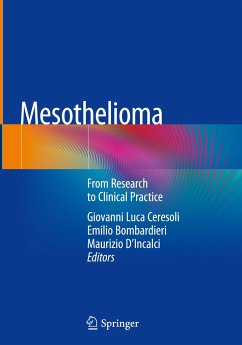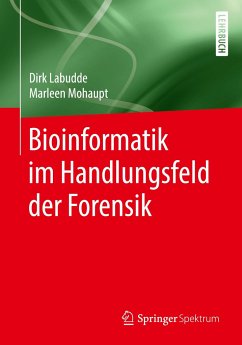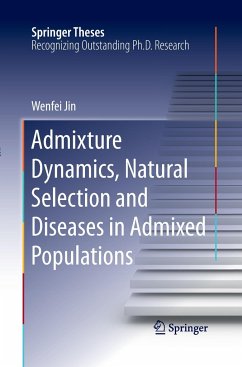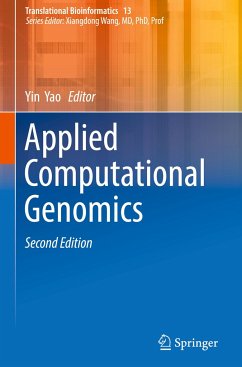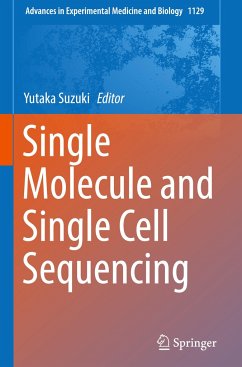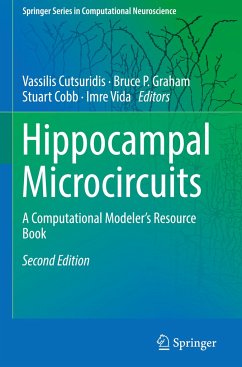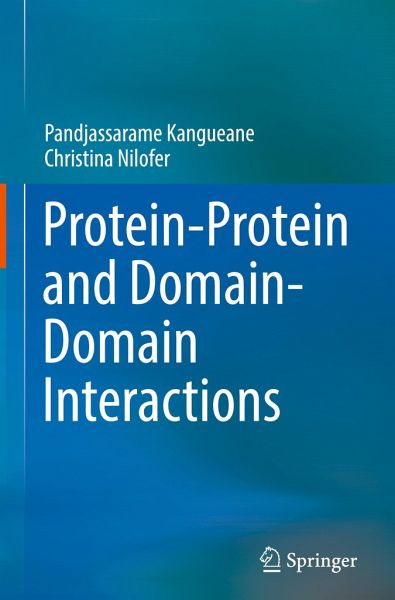
Protein-Protein and Domain-Domain Interactions
Versandkostenfrei!
Versandfertig in 6-10 Tagen
113,99 €
inkl. MwSt.
Weitere Ausgaben:

PAYBACK Punkte
57 °P sammeln!
This book illustrates the importance and significance of the molecular (physical and chemical) and evolutionary (gene fusion) principles of protein-protein and domain-domain interactions towards the understanding of cell division, disease mechanism and target definition in drug discovery. It describes the complex issues associated with this phenomenon using cutting edge advancement in Bioinformatics and Bioinformation Discovery. The chapters provide current information pertaining to the types of protein-protein complexes (homodimers, heterodimers, multimer complexes) in context with various sp...
This book illustrates the importance and significance of the molecular (physical and chemical) and evolutionary (gene fusion) principles of protein-protein and domain-domain interactions towards the understanding of cell division, disease mechanism and target definition in drug discovery. It describes the complex issues associated with this phenomenon using cutting edge advancement in Bioinformatics and Bioinformation Discovery. The chapters provide current information pertaining to the types of protein-protein complexes (homodimers, heterodimers, multimer complexes) in context with various specific and sensitive biological functions. The significance of such complex formation in human biology in the light of molecular evolution is also highlighted using several examples. The chapters also describe recent advancements on the molecular principles of protein-protein interaction with reference to evolution towards target identification in drug discovery. Finally, the book also elucidates a comprehensive yet a representative description of a large number of challenges associated with the molecular interaction of proteins.




